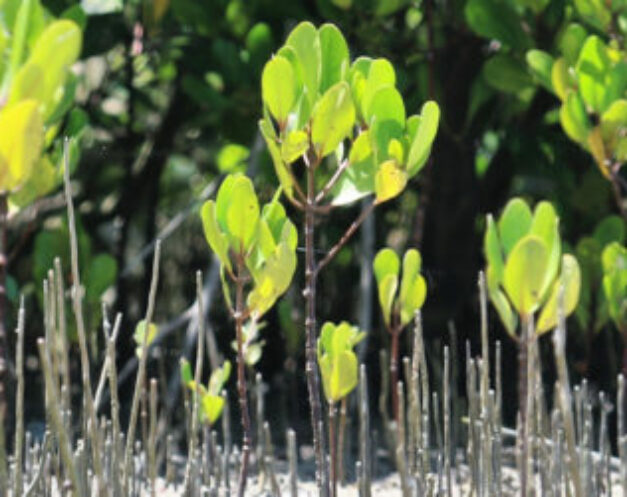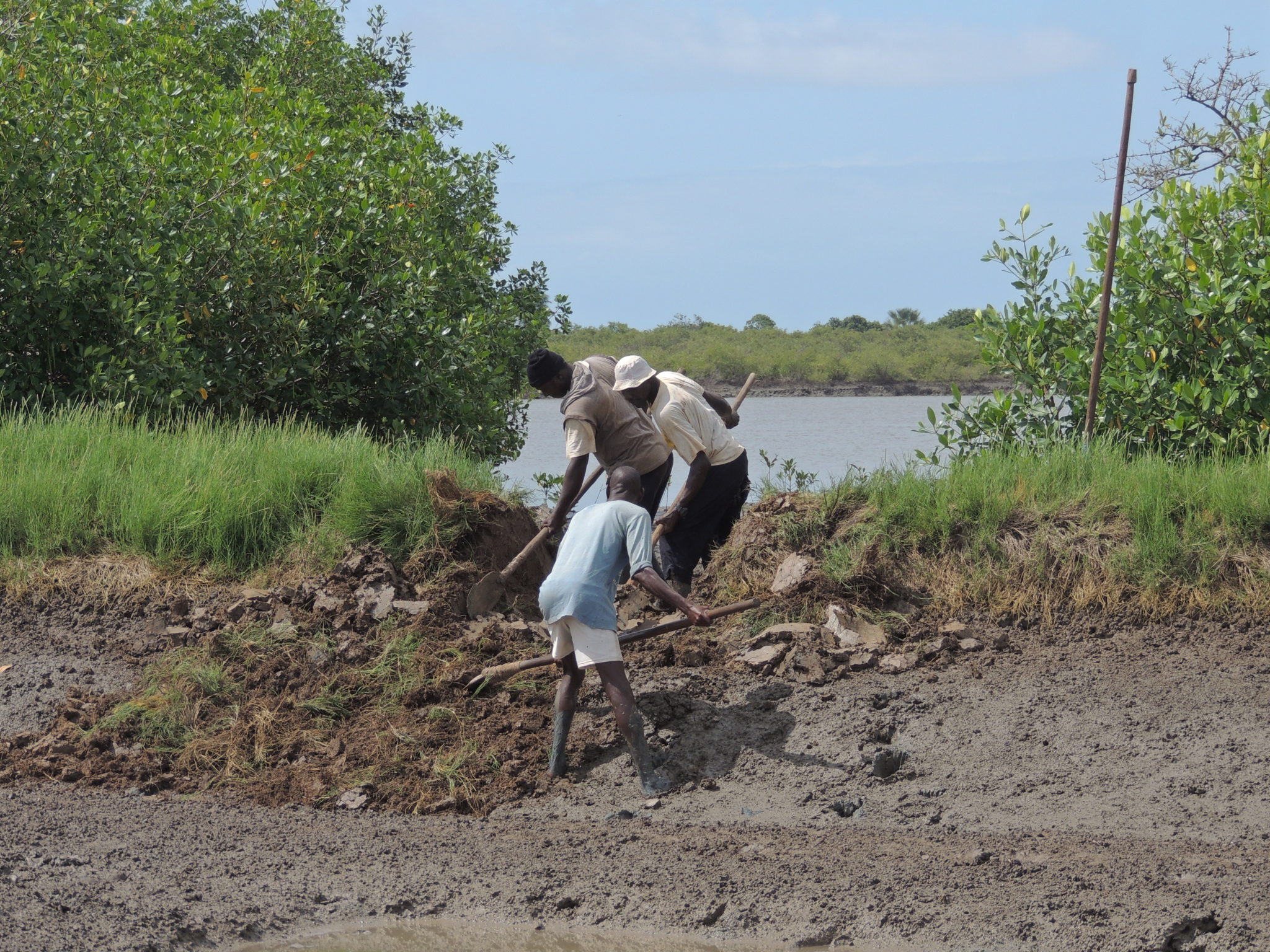Mangrove restoration: To Plant or not to Plant

Promoting best practice mangrove restoration to enhance success rates and benefits for people and nature
The To plant or not to Plant initiative will rehabilitate of at least 30.000 ha of mangroves supporting biodiversity conservation, human well-being and mitigating climate change. This is achieved by helping NGOs, government agencies, private sector and local communities to apply best practices in mangrove restoration, and by enabling them to upscale their work.
The project is rooted in the realisation that while many tens of millions of euros have been spent on mangrove restoration in recent years, the majority of these restoration projects has failed. With success rates ranging between 15-20% a lot of conservation funding has gone to waste. This failure is the result of the use of inadequate restoration techniques and a failure to resolve socio-economic and institutional barriers to effective restoration.
The To plant or not to plant initiative will turn this situation around. We will be working closely with organisations involved in mangrove restoration supporting them to move away from traditional mass mangrove planting approaches towards so-called community-based ecological mangrove restoration (CBEMR).
This CBEMR approach focuses on creating suitable ecological and socio-economic conditions, allowing mangroves to naturally resettle on their own. This is achieved by reinstating natural hydrology, sediment dynamics and soil conditions. Planting is only applied in sites where seedlings fail to settle naturally, for example in the absence of a nearby feedstock.

In Guinea Bissau, local farmers help to break dikes to restore hydrology, fostering ecological mangrove restoration. Image by Menno de Boer.
The approach also addresses socio-economic barriers to successful restoration by addressing for example land tenure and use rights issues and developing alternative livelihood options that go hand in hand with mangrove restoration and conservation. Research has shown that this approach provides a much more resilient and functional forest at a lower cost, compared to traditional planting approaches.
How we work
First, we demonstrate best practice on the ground in Guinea-Bissau, Tanzania, the Philippines and Indonesia. We develop joint mangrove restoration plans with three to four core partner organisations in each country and help a larger group of associated partners to upscale these demonstration measures by developing, financing and implementing landscape-level restoration plans.
Second, in these countries, we advocate policymakers to incorporate principles and lessons learned from our landscape-level restoration efforts in their mangrove restoration policies and plans. Thereby creating an enabling environment for mangrove restoration at a national scale.
Third, through a global outreach campaign, we inspire the broader mangrove community to adopt and upscale the approach, reaching at least 20.000 people. We will document lessons learned in the field and combine them with insights from the science community and the Global Mangrove Alliance, providing practical guidance for large-scale implementation of mangrove restoration projects across the world.
Our Impacts
Check out what we achieved under the To Plant or not to Plant initiative in Guinea Bissau.
Our Donors
We are grateful to our donors that make our To Plant or not to Plant initiative possible:
Turing Foundation, Otter Fonds, Waterloo Foundation, CoMon Foundation, Greenchoice and Salesforce

Thriving mangrove forest in Malaysia. Image by Wetlands International Malaysia.
Find more information about Ecological Mangrove Restoration here.
For a practical example of restoration approaches that will be adopted under the project see the case study of a recent project in Guinea-Bissau on which the To Plant or not to Plant initiative will build.
Lead image by Ibrahim Hama
